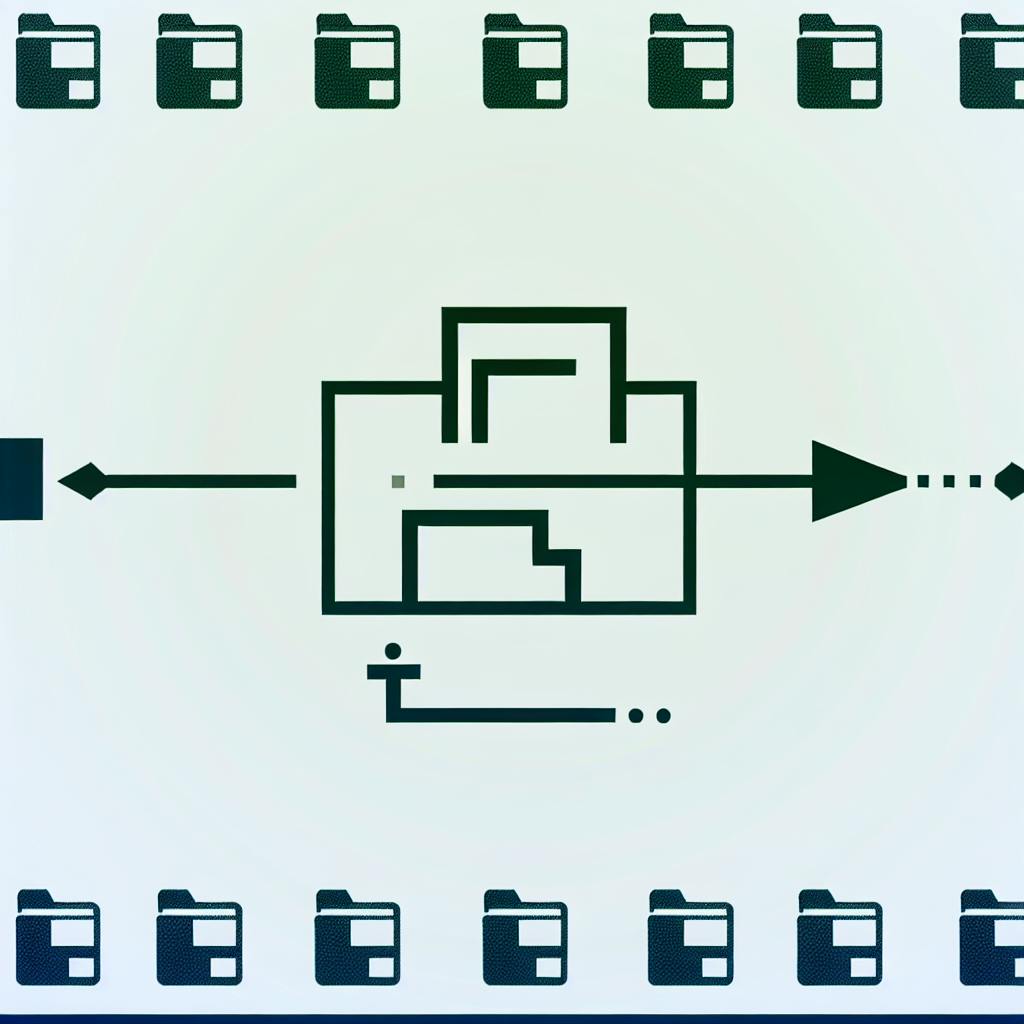When it comes to cloud security, AWS, Azure, and Google Cloud Platform (GCP) are the top contenders. Here's a quick comparison:
Identity and Access Management (IAM):
| Cloud Provider | IAM Solution | Key Features |
|---|---|---|
| AWS | AWS IAM | Granular permissions, virtually every AWS resource |
| Azure | Azure Active Directory | Integrates with Microsoft identity services |
| Google Cloud | Google Cloud IAM | Fine-grained control, federated identities support |
Data Encryption:
| Cloud Provider | Encryption Options | Key Features |
|---|---|---|
| AWS | At rest, in-transit | AWS Key Management Service for secure key storage |
| Azure | At rest, in-transit, data in use | Azure Confidential Computing for secure data processing |
| Google Cloud | At rest, in-transit, during processing | Secure global network infrastructure |
Network Security:
| Cloud Provider | Firewall | DDoS Protection | Virtual Private Network |
|---|---|---|---|
| AWS | AWS WAF | AWS Shield | Site-to-Site, Point-to-Site VPN |
| Azure | Azure Firewall | Azure DDoS Protection | Site-to-Site, Point-to-Site VPN Gateway |
| Google Cloud | Cloud Armor | Cloud Armor | Site-to-Site Cloud VPN |
Compliance and Governance:
All three providers support major compliance programs like GDPR, HIPAA, and FedRAMP, with dedicated governance tools.
Threat Detection and Response:
Each cloud provider offers robust threat detection and response services, such as Amazon GuardDuty (AWS), Azure Security Center (Azure), and Google Cloud Security Command Center (GCP).
The choice ultimately depends on your specific security needs, cloud experience, integration requirements, and cost considerations. AWS and Azure are generally more mature, while GCP is rapidly catching up with its strong data encryption and network security features.
Security Features Comparison
Identity and Access Management
AWS, Azure, and Google Cloud provide robust Identity and Access Management (IAM) solutions to enforce security policies across their services. Here's a brief overview of each:
| Cloud Provider | IAM Solution | Key Features |
|---|---|---|
| AWS | AWS IAM | Granular permissions for virtually every AWS resource |
| Azure | Azure Active Directory (Azure AD) | Integrates seamlessly with Microsoft's corporate identity services |
| Google Cloud | Google Cloud IAM | Fine-grained control over resources and services, with support for federated identities |
Data Encryption Options
Encryption is a critical aspect of data security. Here's how each cloud provider approaches data encryption:
| Cloud Provider | Encryption Options | Key Features |
|---|---|---|
| AWS | Encryption at rest and in-transit | AWS Key Management Service (KMS) for secure key storage |
| Azure | Encryption at rest, in-transit, and for data in use | Azure Confidential Computing for secure data processing |
| Google Cloud | Encryption at rest, in-transit, and during processing | Secure global network infrastructure for data protection |
Network Security Tools
Network security is essential for protecting cloud resources from unauthorized access and threats. Here's a comparison of each cloud provider's network security tools:
| Cloud Provider | Firewall | DDoS Protection | Virtual Private Network |
|---|---|---|---|
| AWS | AWS WAF | AWS Shield | AWS VPN (Site-to-Site, Point-to-Site) |
| Azure | Azure Firewall | Azure DDoS Protection | Azure VPN Gateway (Site-to-Site, Point-to-Site) |
| Google Cloud | Cloud Armor | Cloud Armor | Cloud VPN (Site-to-Site) |
Compliance and Governance
Compliance and governance are crucial for organizations operating in regulated industries or with strict data privacy requirements. Here's how each cloud provider supports compliance and governance:
| Cloud Provider | Compliance Programs | Governance Tools |
|---|---|---|
| AWS | GDPR, HIPAA, FedRAMP | AWS Config for data governance and compliance management |
| Azure | GDPR, HIPAA, FedRAMP | Azure Policy for data governance and compliance management |
| Google Cloud | GDPR, HIPAA, FedRAMP | Google Cloud Security Command Center for data governance and compliance management |
Threat Detection and Response
Proactive threat detection and response are essential for maintaining a secure cloud environment. Here's how each cloud provider approaches threat detection and response:
| Cloud Provider | Threat Detection | Threat Response |
|---|---|---|
| AWS | Amazon GuardDuty, Amazon Inspector | Amazon GuardDuty, Amazon Inspector |
| Azure | Azure Security Center, Azure Sentinel | Azure Security Center, Azure Sentinel |
| Google Cloud | Google Cloud Security Command Center, Cloud Security Scanner | Google Cloud Security Command Center, Cloud Security Scanner |
Shared Security Responsibility
In cloud computing, security is a shared responsibility between the cloud provider and the customer. This model ensures that both parties are accountable for maintaining the security and integrity of the cloud environment.
Cloud Provider Security Responsibilities
Here's a breakdown of each cloud provider's security responsibilities:
| Cloud Provider | Security Responsibilities |
|---|---|
| AWS | Security "of" the cloud (infrastructure, network, hardware) |
| Azure | Security of infrastructure, network, hardware (varies by service type) |
| Google Cloud | Security of infrastructure, network, hardware (shared fate model) |
Customer Security Responsibilities
Customers are responsible for securing their applications, data, and identities in the cloud. This includes:
- Configuring IAM permissions
- Encrypting data
- Implementing network security controls
Understanding Shared Responsibility
Understanding the shared responsibility model is critical to ensuring the security and integrity of the cloud environment. By knowing their roles and responsibilities, businesses can effectively manage their cloud security and ensure compliance with regulatory requirements.
Side-by-Side Comparisons
IAM Feature Comparison
The following table compares the IAM features of AWS, Azure, and Google Cloud:
| Feature | AWS | Azure | Google Cloud |
|---|---|---|---|
| Primary Identity Source | AWS IAM Users | Azure Active Directory | Google Workspace, Google Accounts |
| User Groups | Yes | Yes | Yes |
| Role-Based Access Control | Yes | Yes | Yes |
| Custom Policies | Yes | Yes (Role Definitions) | Limited (Pre-defined Roles) |
| Policy Language | JSON | JSON | JSON |
| Policy Limits | 6144 chars per policy | Unlimited size | 64KB total size |
| Max Roles per Account | 5000 | Not specified | Not specified |
| Role Session Duration | Up to 12 hours | Indefinite (requires Azure AD Premium) | Up to 12 hours |
Data Encryption Comparison
The following table compares the data encryption features of AWS, Azure, and Google Cloud:
| Feature | AWS | Azure | Google Cloud |
|---|---|---|---|
| Encryption at Rest | Yes | Yes | Yes |
| Encryption in Transit | Yes | Yes | Yes |
| Encryption for Data in Use | No | Yes (Confidential Computing) | Yes |
| Key Management Service | AWS KMS | Azure Key Vault | Cloud Key Management Service |
| Secure Global Network | N/A | N/A | Yes |
Network Security Comparison
The following table compares the network security features of AWS, Azure, and Google Cloud:
| Feature | AWS | Azure | Google Cloud |
|---|---|---|---|
| Firewall | AWS WAF | Azure Firewall | Cloud Armor |
| DDoS Protection | AWS Shield | Azure DDoS Protection | Cloud Armor |
| VPN | Site-to-Site, Point-to-Site | Site-to-Site, Point-to-Site | Site-to-Site |
| Max VPN Connections | 30 (Site-to-Site), 10 (Point-to-Site) | Not specified | Not specified |
Compliance and Governance Comparison
The following table compares the compliance and governance features of AWS, Azure, and Google Cloud:
| Feature | AWS | Azure | Google Cloud |
|---|---|---|---|
| Compliance Programs | GDPR, HIPAA, FedRAMP, and more | GDPR, HIPAA, FedRAMP, and more | GDPR, HIPAA, FedRAMP, and more |
| Governance Tools | AWS Config | Azure Policy | Security Command Center |
Threat Detection and Response Comparison
The following table compares the threat detection and response features of AWS, Azure, and Google Cloud:
| Feature | AWS | Azure | Google Cloud |
|---|---|---|---|
| Threat Detection | Amazon GuardDuty, Amazon Inspector | Azure Security Center, Azure Sentinel | Security Command Center, Cloud Security Scanner |
| Threat Response | Amazon GuardDuty, Amazon Inspector | Azure Security Center, Azure Sentinel | Security Command Center, Cloud Security Scanner |
sbb-itb-d1a6c90
Final Thoughts
In conclusion, AWS, Azure, and Google Cloud offer robust security features to protect businesses' data and applications in the cloud. Each provider has its strengths and weaknesses, and the choice ultimately depends on a company's specific security needs and requirements.
Key Considerations
When choosing a cloud provider, businesses should consider the following factors:
| Factor | Description |
|---|---|
| Security Requirements | Identify the specific security features and compliance requirements needed for your business. |
| Cloud Experience | Consider the level of cloud experience and expertise within your organization. |
| Integration | Evaluate the integration requirements with existing systems and applications. |
| Cost | Calculate the total cost of ownership, including security features and compliance requirements. |
Provider Comparison
Here's a brief summary of each provider's strengths and weaknesses:
| Provider | Strengths | Weaknesses |
|---|---|---|
| AWS | Extensive range of security services, clear shared responsibility model | Complexity can be overwhelming for smaller businesses or those without extensive cloud experience |
| Azure | Integrated security approach, leveraging existing Microsoft ecosystem | Pricing model can be complex, security features may not be as extensive as those offered by AWS |
| Google Cloud | Strong data encryption and network security features, focus on machine learning and artificial intelligence | Security features may not be as mature as those of AWS and Azure |
Ultimately, the right cloud provider for your business will depend on a careful evaluation of these factors. By understanding the strengths and weaknesses of each provider, businesses can make informed decisions to ensure the security and integrity of their data and applications in the cloud.
FAQs
Which cloud platform is best for security?
When choosing a cloud provider, security is a top consideration. AWS and Azure are strong contenders, while GCP is catching up. Ultimately, the best platform for security depends on your specific needs and priorities.
What are the main differences between AWS, Azure, and Google Cloud?

Here's a brief comparison:
| Cloud Provider | Strengths |
|---|---|
| AWS | Global reach and scalability |
| Azure | Integration and security |
| GCP | Data management and machine learning |
Choose the right provider based on your specific needs, such as performance, cost, and skills to support your solutions.


